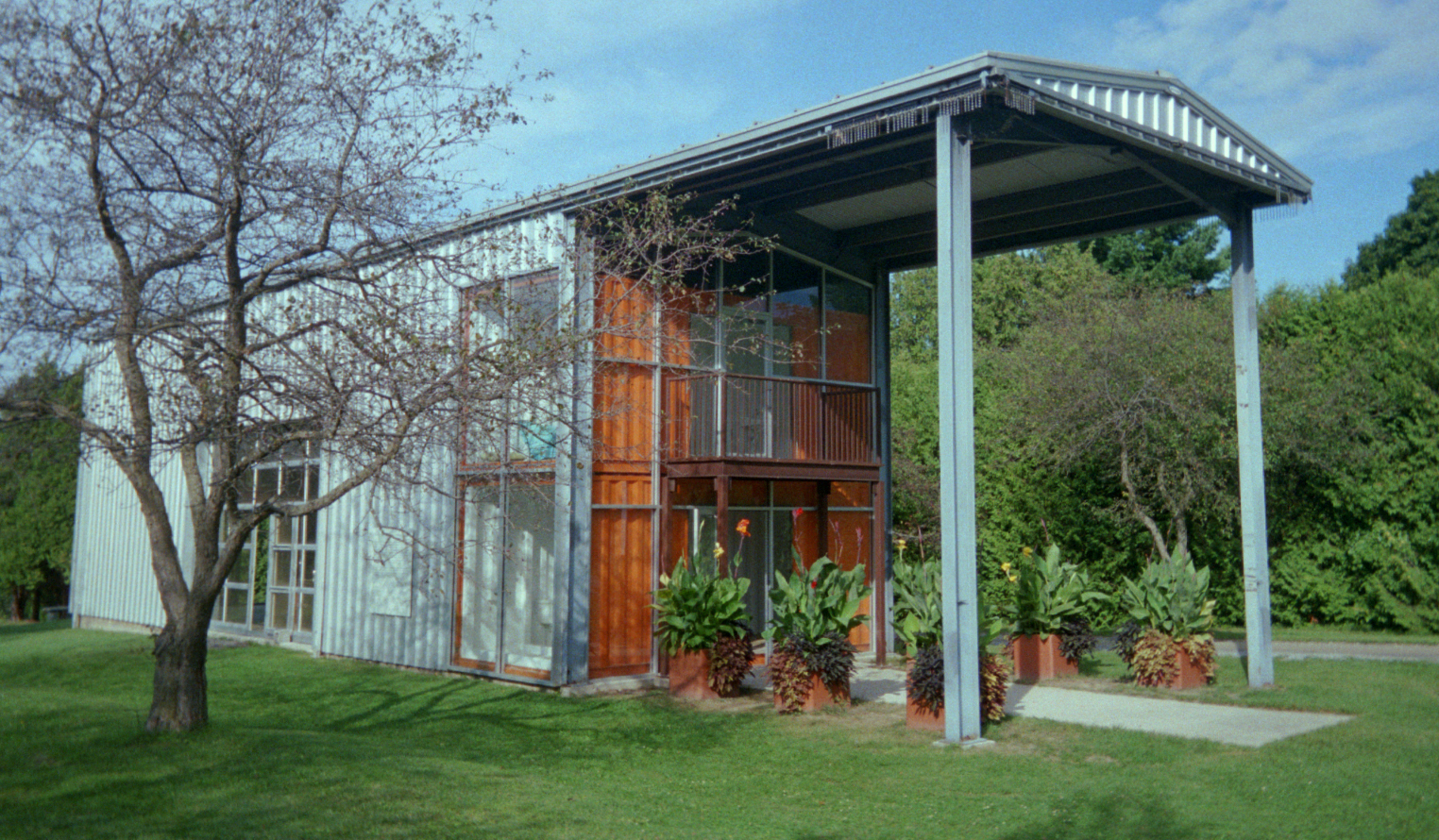It may be easy to think you can go from your current house into a tiny home – but there are challenges you may not have considered. Read on for some pluses and minuses to the tiny house movement.
Videos by Rare
There are small homes (400-1,000 square feet) and then there are tiny homes (80-400 square feet). Here, we’re talking tiny.
RELATED: A couple transformed this school bus into a tiny house you have to see to believe
Five reasons you should
1. Less initial cost
Tiny homes have all the basics of regular homes — plumbing, roof, flooring. Because it may require additional equipment, the cost per square foot may be higher, but because there are so many fewer square feet, the overall cost is less. In the right situation – salvaged materials, an experienced builder with friends – it could be as little as $15,000. Custom tiny houses can reach the $80,000 range, though.
2. Less energy consumption
Tiny houses require much less energy to heat and cool simply because they have much less interior air space. Refrigerators and hot water heaters, two big energy consumers, are typically smaller in a tiny house — possibly small enough that they may be more expensive than normal-size appliances. If building from salvage, make sure to get double-pane and not single-pane windows.
3. Less stress, more happy
Without the monster mortgage that goes with a monster house, people are finding they are less stressed about their finances, which is usually the most stressful subject for people. Studies have shown the more time you have to spend maintaining, cleaning and servicing your house, the more stressed you are.
4. Move in quickly
You want to get through the moving process as quickly as possibly, right? With tiny homes, they’re ready much faster. You don’t have to wait around nearly as long for contractors to put the finishing touches on building one or renovating an old one. Less time waiting around equals less strain on you and your family.
5. Time
According to the United States Department of Labor, men and women spend about 2.5 hours a day doing some kind of household activity – cleaning, cooking, lawn care, etc. That time can get whittled down to under 30 minutes by many accounts, with vacuuming cut down to just a couple of passes and countertops only needing one wipe.
RELATED: They built a tiny house on a $5,000 budget and it’s amazing
Five reasons you shouldn’t
1. It’s not sustainable
Moving into a new space can be fun, as you explore how your stuff fits into your new space and figure out what’s going to be a comfortable way to watch TV. But in a tiny house, that thrill can wear off quickly, and before long the elbow-rubbing has gotten a little claustrophobic – especially if you add more family members.
2. It’s too expensive
Didn’t we just say it would be cheaper? We did. But the per-square foot cost of a tiny home can be startling. According to Forbes, the average cost of a tiny home is $200 to $400 per square foot. In comparison, the 2010 Census breaks down the average cost of a new, single-family house at just over $84. The highest region of the county, the Northeast, averages just over $110.
3. Legal issues
With tiny homes being a relative newcomer to housing commissions and zoning boards around the country, many cities and towns don’t yet have laws in place for where and to what standard they can be built. Zoning and utility – water, sewer, electric – hookups can be a challenge, and leave you spending more time in City Hall than your own home. Some of these issues can be worked around – solar panels for electricity, for example.
4. Bending, stretching, twisting
Most tiny house designs include a loft for a bedroom area, as one of the ways to conserve space. Climbing a ladder every night to get into bed may not be something you’re up for, though. Space inside tiny houses is at an absolute premium, and that includes the occupants – if you’re particularly tall or wide, you might want to look at something else.
5. The bare necessities
Two major themes for those who go tiny is lowering their footprint on the earth and staying mobile. That means becoming largely self-sustaining – i.e., no utility hookups.
So – are you prepared to use a composting toilet? If taking care of necessities in a bucket and covering it with sawdust isn’t for you, there are also incinerating, dry and RV toilets are other options. But that’s one of many things you’ll have to look at in a whole new light.



